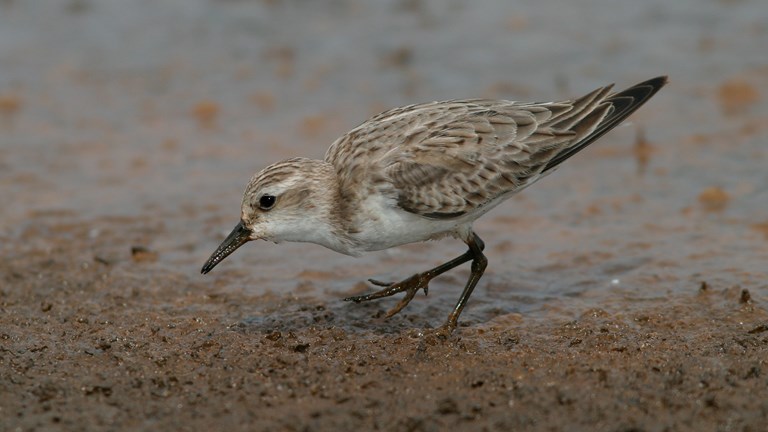
Red-necked Stint
Calidris ruficollis
Life on the water’s edge is shaped by the tides.
Wading birds find abundant food in the sand and shallow waters;
Over summer they feed and rest after a long migration;
Then fly to Asia to breed and raise chicks
Victoria’s coastal wetlands are significant places for wildlife. Many are listed in international conventions to protect the habitat of migratory birds. Close to Melbourne, the western shoreline of Port Phillip Bay, Bellarine Peninsula, the Edithvale–Seaford wetlands and Western Port are visited by hundreds of thousands of migratory waders each year. Species such as the Eastern Curlew, Red-necked Stint and Bar-tailed Godwit rest and feed here each summer before flying north through Asia to breed.
Jo Oldland, Birds Australia, talks about Victoria’s special wetland birds and efforts to conserve them.

Calidris ruficollis
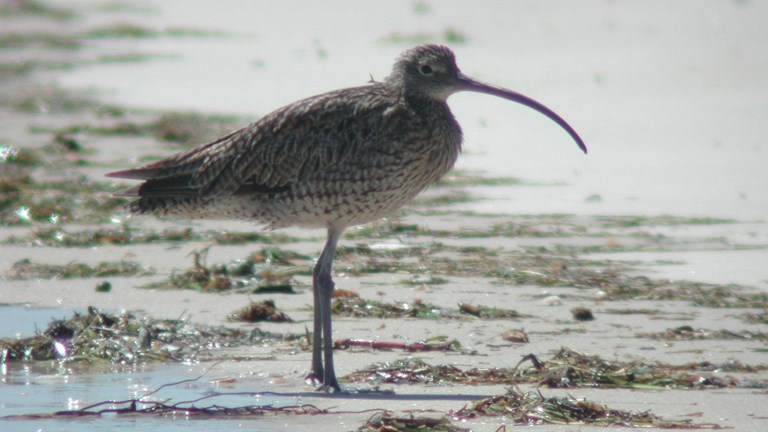
Numenius madagascariensis
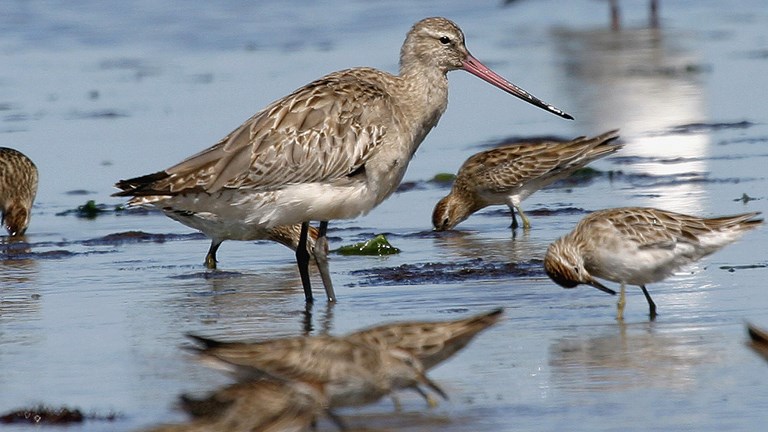
Limosa lapponica
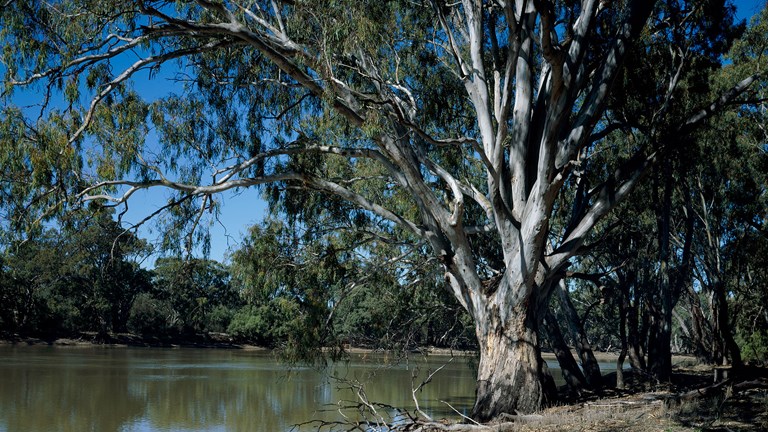
There are many types of dry forests in Victoria including stringybark, red gum, grassy woodlands and the remnants of the once great box–ironbark forests.
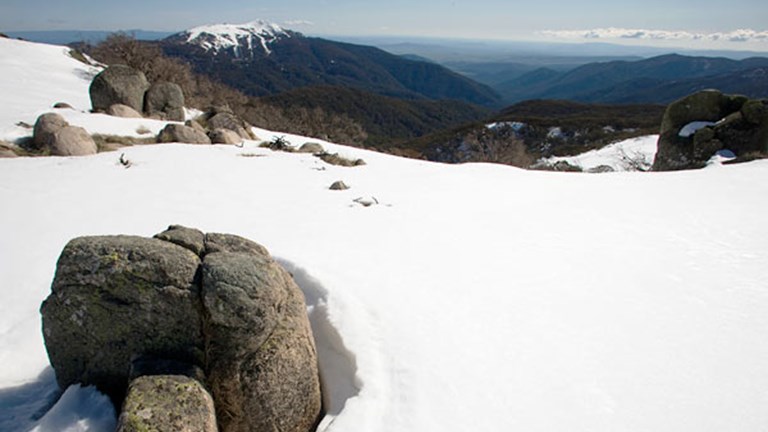
The Victorian Alps extend from the plateaus of Lake Mountain and Mt Baw Baw to peaks such as Mt Feathertop and the headwaters of the Murray River.
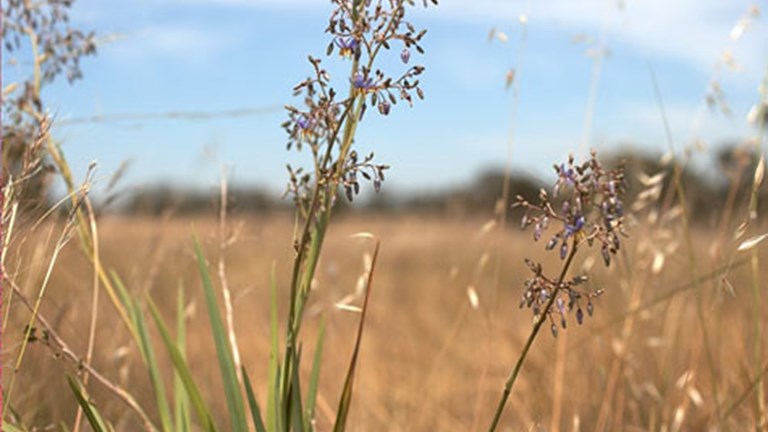
When the first Europeans arrived in Victoria there were grasslands on the vast, undulating western plains, on the northern plains and in Gippsland.
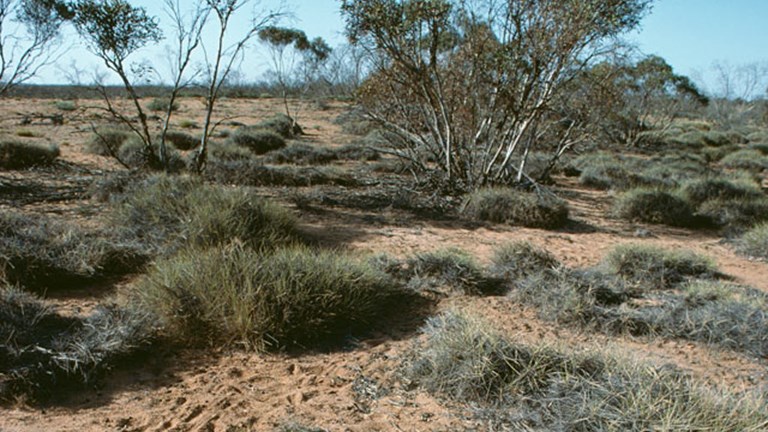
The Victorian Mallee in the north-western corner of the state has a mosaic of vegetation types adapted to low rainfall and sandy soils.
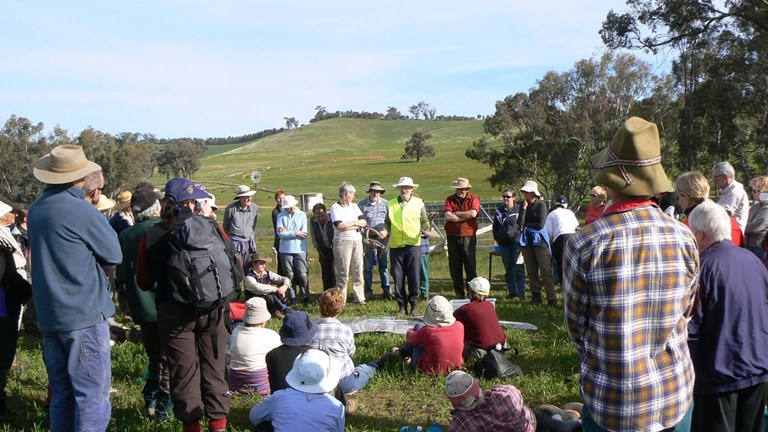
Find out about the issues affecting our special places and the plants and animals that live in them, and discover some ways you can help.
Museums Victoria acknowledges the Wurundjeri Woi Wurrung and Boon Wurrung Bunurong peoples of the eastern Kulin Nations where we work, and First Peoples across Victoria and Australia.
First Peoples are advised that this site may contain voices, images, and names of people now passed and content of cultural significance.